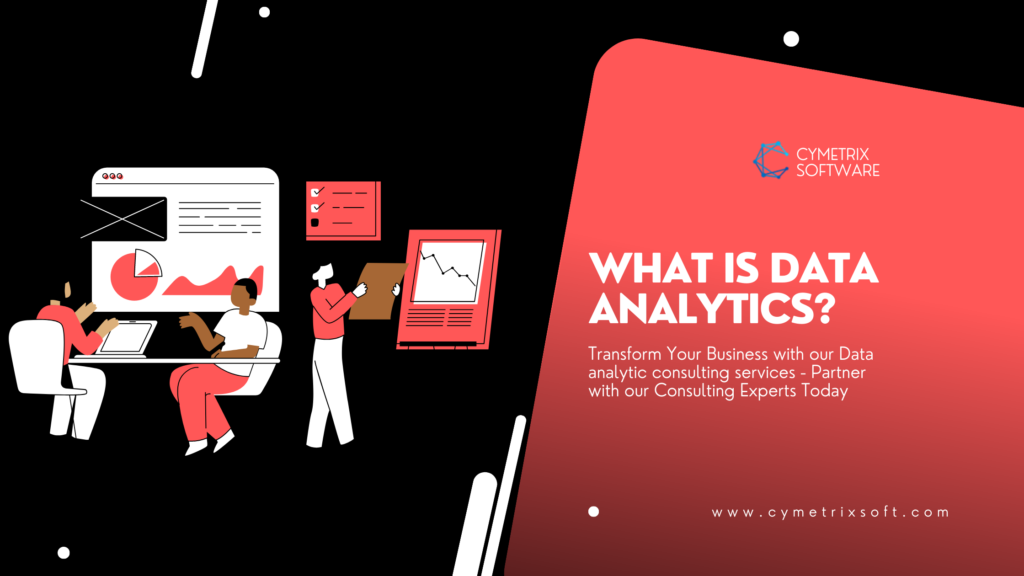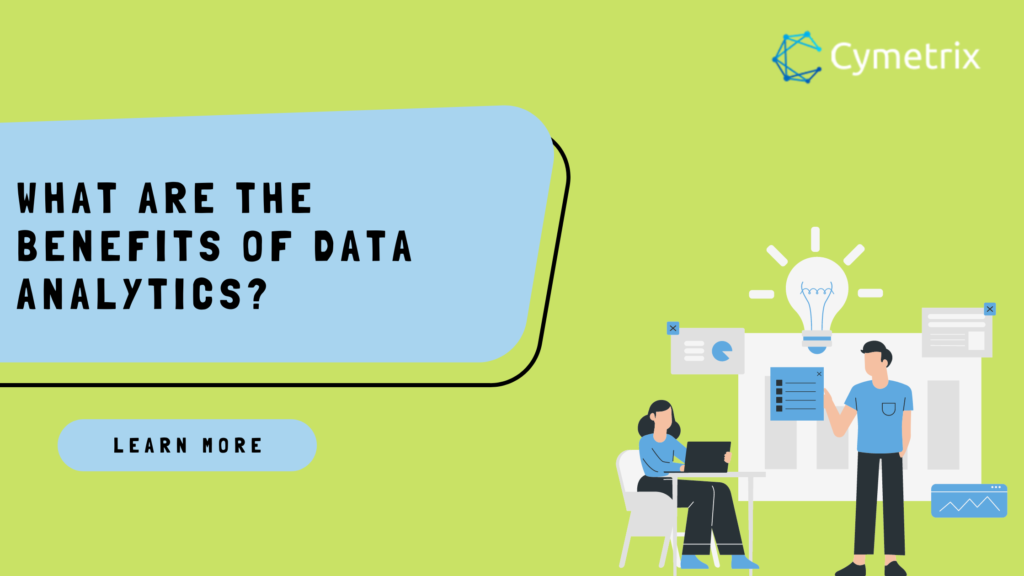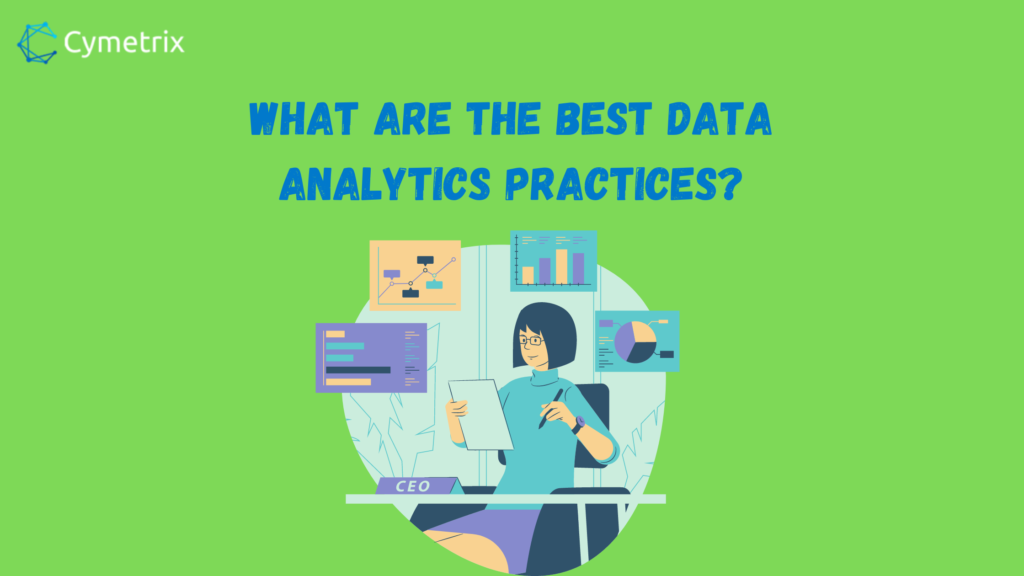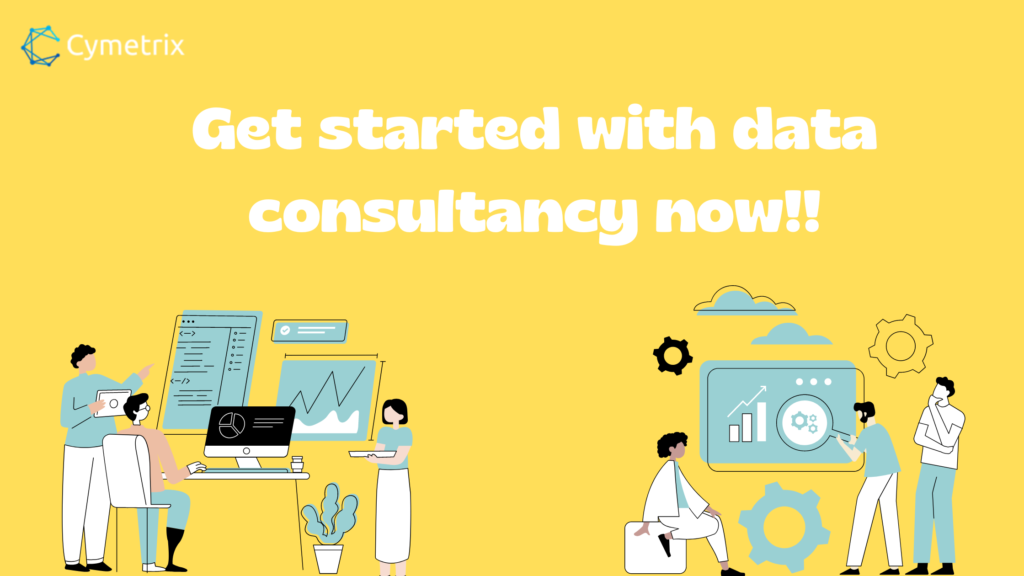
Introduction
Data Analytics is a hot topic in the business world, and for a good reason. The ability to extract valuable insights from vast amounts of data is transforming how organizations operate and compete.
Whether you need to optimize inventory levels, improve customer experiences, or prevent fraud, this technology provides organizations with the tools to make better decisions, increase efficiency, and gain a competitive edge.
In this blog, we will explore what data analytics is, the different types of analysis its benefits, and the tools required. So, get ready to dive into the exciting world of data analytics and discover how this powerful tool can help drive your organization’s success.
Types of Data Analytics
There are four types of analysis practice, each with its methods, techniques, and tools:
- Descriptive Analytics: This type of analytics provides insights into what has happened. It entails summarising and collecting historical data to present a broad picture of prior performance.
- Diagnostic Analytics: This type of analytic solution helps to explain why certain events happened. It involves analyzing data to identify root causes of past performance and inform future decision-making.
- Predictive Analytics: This type of analytics uses historical data and statistical algorithms to predict future outcomes.
- Predictive analytics: It can help organizations make informed decisions by providing insights into what is supposed to happen in the future.
- Prescriptive Analytics: This type of analytics offers recommendations on what actions should be taken to achieve desired outcomes. It entails determining the optimum course of action utilizing data, mathematical models, and algorithms.

What are the benefits of data analytics?
Improved decision making
A business enterprise is required to make several vital decisions. It is absurd to make a such crucial decision without any information, facts, or data. That is where data analytics steps in, it helps analyze raw data to explore and get detailed insights.
As a result, you can use these insights to analyze your past performance and future trends. That can help you make all your necessary decisions smartly and accurately.
Increased efficiency
As you are probably aware that data analytics is capable of running a deep analysis. So, it can help you analyze your operations, and business processes to identify any errors or mistakes.
After that, you will be able to take necessary action and fix them quickly. Moreover, it can also help you automate all your recurring processes to help you better utilize your workforce. Thus, increasing efficiency and leading to a reduction in costs.
Enhances customer experiences
Customer experience has become a necessary process for every organization nowadays. It is vital to ensure maximum customer satisfaction, as it is the primary factor that induces customers to make repeated purchases.
Therefore, by analyzing customer data, an organization can gain a deeper understanding of customer behavior and preferences. It will allow you to utilize this information to deliver a seamless customer experience.
Competitive advantage
It is a robust and advanced technological practice, that has tremendous potential. It can even help you analyze your competitor, understand their strategy and make a prediction based on market conditions.
That will allow you to leverage all this information to plan your strategy accordingly. Additionally, being able to make predictions will help you prevent risk and leverage market conditions in your favor.
Tools and Technologies used in Data Analytics
There are numerous tools and technologies used in data analytics, including:
- Data Warehousing: A data warehouse is a centralized repository used to support business intelligence and data analysis.
- Business Intelligence (BI) Tools: BI tools provide organizations with a way to visualize and analyze data to gain insights and make better decisions. Examples of BI tools include Tableau, PowerBI, and QlikView.
- Data Mining Tools: Data mining tools are used to extract patterns and relationships from large datasets. Examples of data mining tools include KNIME, Orange, and RapidMiner.
- Statistical Software: Statistical software is used to perform statistical analysis and modeling. Examples of statistical software include R, SAS, and SPSS.
- Machine Learning Platforms: Machine learning platforms provide organizations with a way to develop and deploy machine learning models to analyze and make predictions from data. Examples of machine learning platforms include TensorFlow, PyTorch, and sci-kit-learn.
These tools and technologies enable organizations to process and analyze large amounts of data, extract meaningful insights, and make informed decisions. The choice of tools or technology will depend on the specific needs and goals of the organization.

What are the best data analytics practices?
- Define clear business goals: Before embarking on a project, it is significant to have a clear grasp of what you hope to achieve. Define specific business goals that can be addressed through data analytics, such as improving customer satisfaction or reducing costs.
- Gather accurate data: The quality and relevance of the data are critical to the success of a data analytics project. Ensure that you gather all relevant data, including internal data from your systems and external data from sources such as social media and market research.
- Selecting the right tools: With so many tools available, it’s essential to choose the right one for your specific needs. Consider factors such as the size and complexity of your data, your budget, and your business goals when selecting a tool.
- Visualize data: Visualizing data can help you gain insights and identify patterns that would otherwise be difficult to see. Utilize data visualization tools such as charts, graphs, and dashboards to better understand your data.
- Collaborate with stakeholders: Data analytics is not a one-person job. Encourage collaboration between different departments and stakeholders, and involve them in the data analytics process. That can help to ensure that the insights gained are relevant and valuable to the business.
- Continuously monitor and update: Data is an ongoing process. Continuously monitor and update your data analytics process to ensure that you are getting the most value from your data. Make changes and adjustments as needed to achieve better results.
By leveraging data analytics in these ways, organizations can transform their operations, make better decisions, and achieve long-term success. It is a powerful tool that, when used correctly, can provide organizations with the insights they need to remain competitive and succeed in a fast-paced business environment.
Conclusion
In conclusion, data analytics is a critical tool for organizations in today’s fast-paced and data-driven business environment. By leveraging its power, organizations can make informed decisions, improve efficiency, increase competitiveness, and achieve long-term success.
From defining clear business goals to continuously monitoring and updating your data analytics process, there are many ways to leverage it to achieve your organization’s goals. So, if you’re ready to take your organization to the next level and unlock the full potential of your data, now is the time to start exploring the exciting world of data analytics.
Don’t miss out on this opportunity to transform your operations and stay ahead of the competition. Therefore, take the first step today by reaching out to a data analytics consultant or exploring the available tools and technologies. By taking advantage of the power of this advanced practice, you can unlock the full potential of your data and drive your organization’s success. If you want to keep learning more about such tech topics, you can visit our blogs and explore more.

